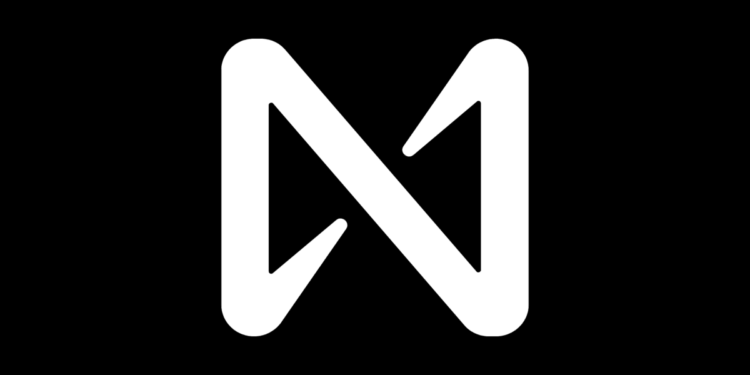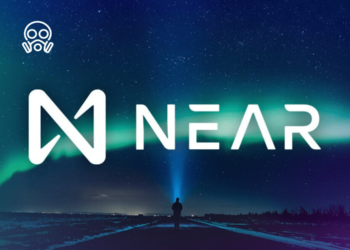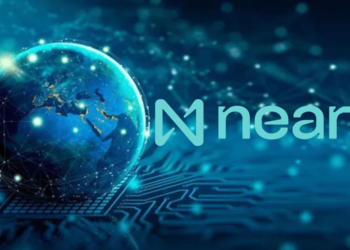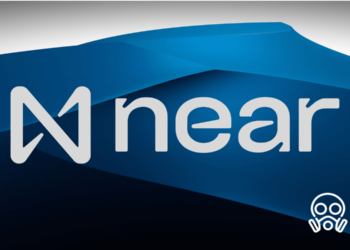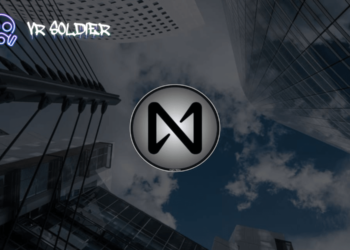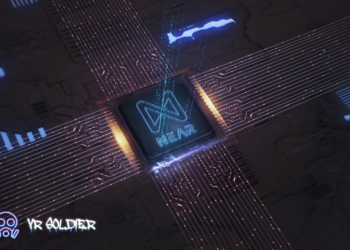NEAR Protocol is an open-source, high-throughput smart contract platform designed for building decentralized applications.
One of the main features of the NEAR network is sharding, that is, the ability to divide the blockchain into separate segments. The corresponding update was implemented in the fall of 2021.
The project’s native cryptocurrency is traded under the ticker NEAR. Its main functions are online transactions and staking. NEAR holders can delegate their coins to validators.
The NEAR ecosystem runs several hundred protocols and decentralized applications. The largest of them are Aurora, Ref Finance, and Burrow.
Who Created the NEAR Protocol?
NEAR Protocol was created by programmers Alexander Skidanov and Ilya Polosukhin. Work on the project began at the end of 2018. Subsequently, developers from leading IT companies, including Facebook, Google, and Niantic, joined the NEAR team. Two team members won the World Programming Championship twice.
During the NEAR ICO, which took place in August 2020 on the CoinList platform, 120 million NEAR coins were sold (12% of the initial issue of 1 billion tokens) at a price of $0.3.
The remaining tokens from the initial supply will be distributed as follows:
17% for grants and community programs;
14% – to the NEAR team;
17.6% of tokens were sold during seven closed rounds of raising funding for $35 million;
11.7% – to finance the implementation of ecosystem development initiatives;
10% for the NEAR Foundation, which delegates its share to validators on the NEAR network.
Tokens of all the above categories were blocked for a period from three months to five years.
The launch of the NEAR Protocol main network took place on October 13, 2020.
History of the Development of the NEAR Ecosystem
In the spring of 2021, the developers launched one of the most important components of the NEAR ecosystem – the cross-chain bridge Rainbow Bridge, which provides interoperability with Ethereum and allows you to transfer ERC-20 crypto assets to the NEAR Protocol and back.
Shortly after, a layer two solution called Aurora was introduced, which allows Ethereum Virtual Machine (EVM) smart contracts to run on the NEAR Protocol network.
Starting in 2021, NEARCON, a conference dedicated to the ecosystem, takes place every autumn in Portugal. In October 2021, it announced the creation of a fund worth $800 million to finance developers and projects on the NEAR Protocol blockchain.
In the spring of 2022, the NEAR team managed to attract investments worth $350 million from several venture capital funds, including Tiger Global, FTX Ventures, Dragonfly Capital, and others. Shortly thereafter, ConsenSys announced a partnership between NEAR and infrastructure solutions provider Infura.
In the summer of 2022, BitGo, one of the largest providers of custodial services for institutional investors, became a NEAR partner afterward, In mid-September 2022, the NEAR Foundation announced the launch of a $100 million fund for the development of Web3.
Who runs the NEAR Protocol?
The key developer and development institute of the project is the non-profit organization NEAR Foundation, which is registered in Switzerland. Its leaders include well-known industry representatives, including NEAR Co-founder Ilya Polosukhin.
The NEAR Foundation also manages funds from the project treasury. The NEAR Protocol community can put forward initiatives for which funds from the treasury can be allocated. In addition, community members unite in various groups dedicated to specific areas of development. Proposals are published and discussed on the official NEAR forum.
NEAR Cryptocurrency & USN Stablecoin
NEAR is the native cryptocurrency of the NEAR Protocol blockchain. It is used for all transactions on the network, as well as for staking by validator nodes and delegating participants. Although the source of rewards for validators and delegates is the issue of new coins, some are burned to pay network fees.
NEAR cryptocurrency is required to pay network fees. In this case, 30% of the fees are automatically sent to the developers of the smart contract used and the remaining 70% to the validators. In addition, NEAR has an option for “free” transfers: when activated, the contract operator pays for the transaction.

